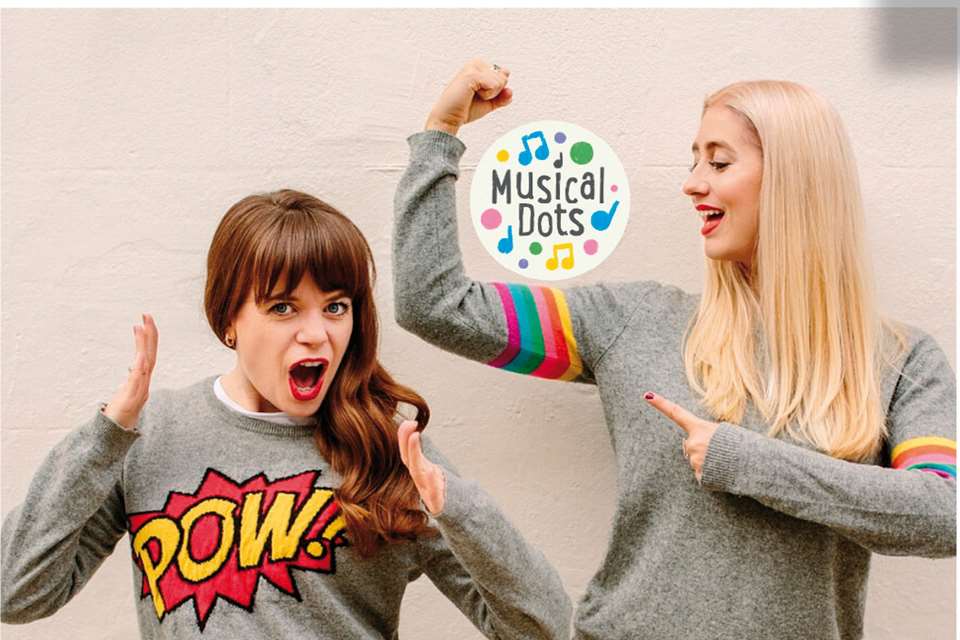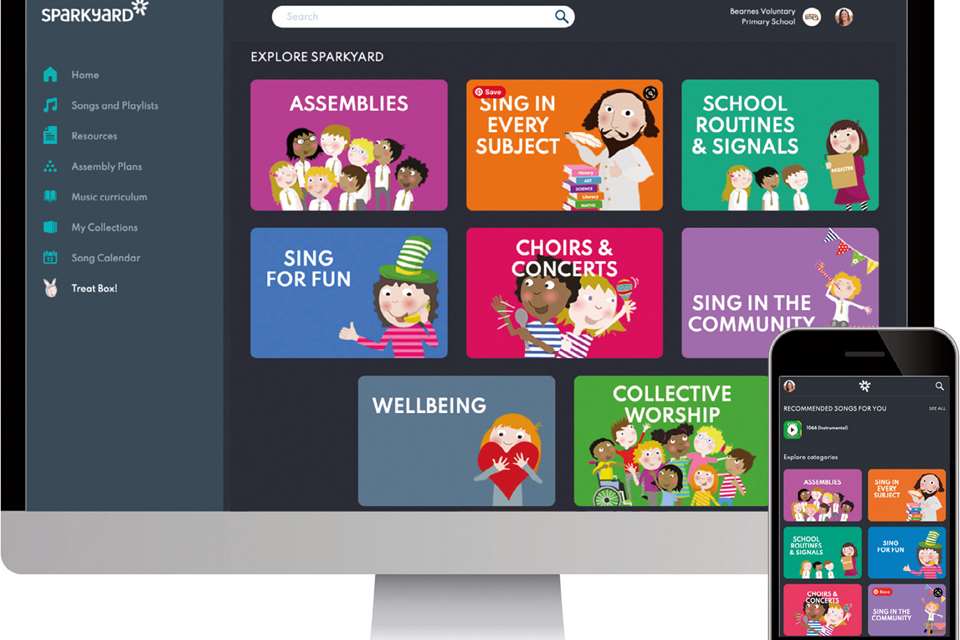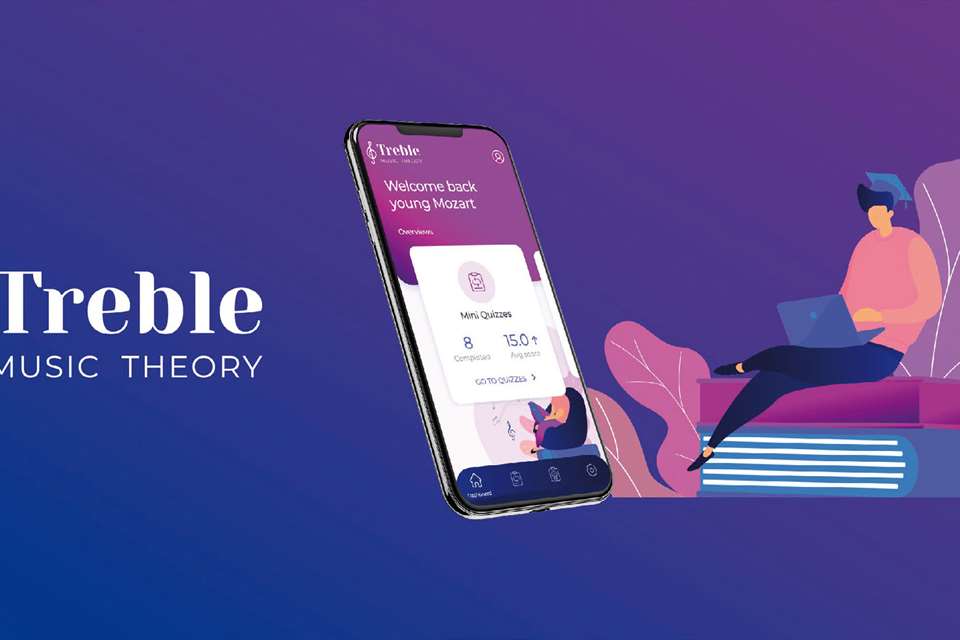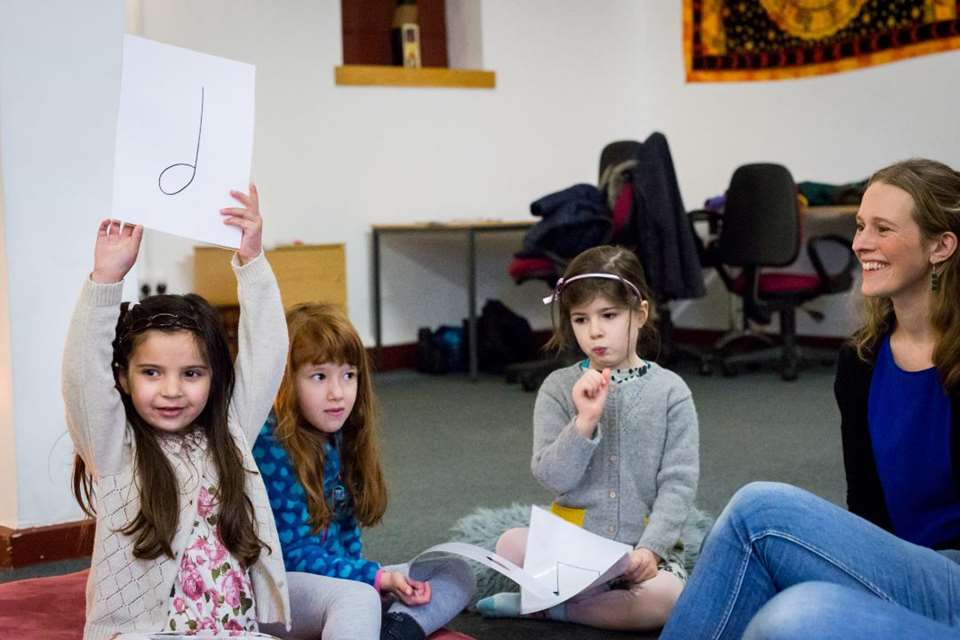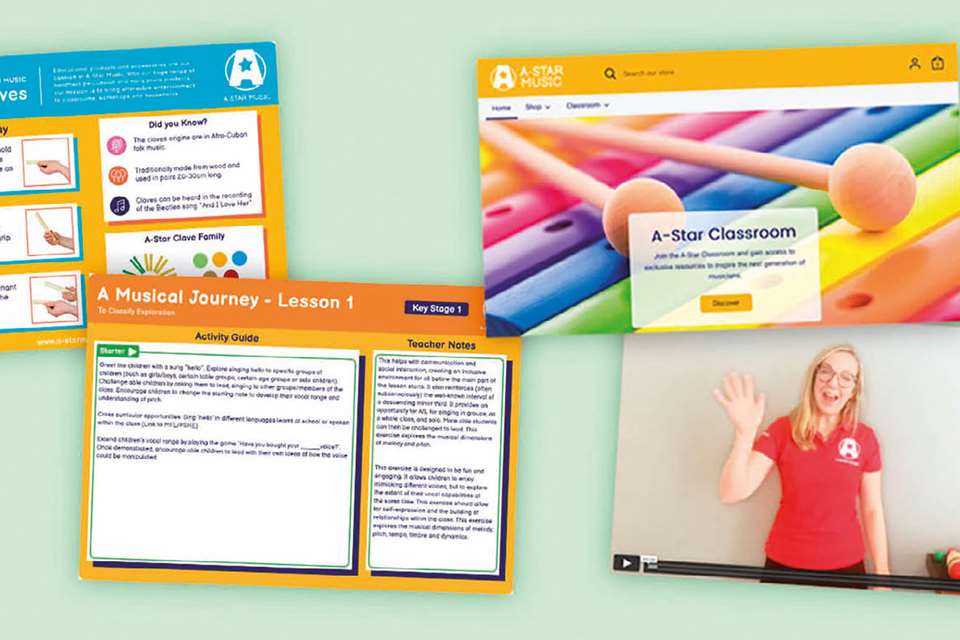Resource review: Essential Elements Music Class
Ruth Coles
Wednesday, June 1, 2022
Ruth Coles takes a look at Hal Leonard's Essential Elements Music Class and the resources it offers.
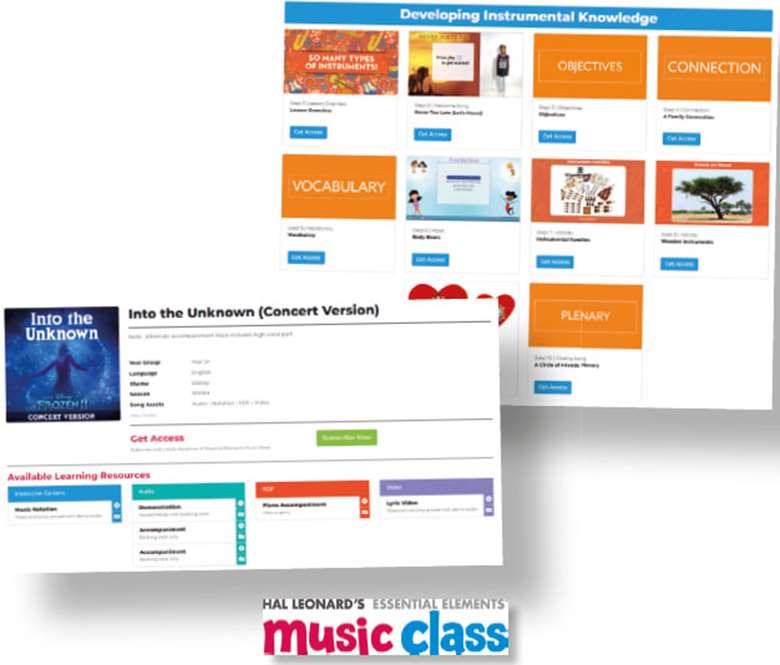
Hal Leonard's Essential Elements Music Class (EEMC) has launched in the UK, and I have spent a few days getting to grips with it. There are currently a number of online subscriptions available for primary music teachers, and this market is growing.
There are enormous advantages to these: one subscription allows multiple logins for various staff across your school and synchronises teaching approaches, which is particularly great in a school in which different staff deliver the music curriculum. I am also of the opinion that these platforms can empower the less confident teacher, as well as reinvigorate the teaching of a long-term pro.
So, what does EEMC offer? A subscription gives you 500+ songs, whole schemes of work for Years 1–6, a premium Noteflight subscription, teaching books published by Hal Leonard, and full teaching plans for recorder and ukulele. That's a lot.
EEMC states that at its heart is its collection of great popular songs – from the latest hits to classic favourites, Disney soundtracks to the West End, the songs are designed to be familiar. The songs have notation or lyric whiteboard options, backing tracks and downloadable piano accompaniments. You can also create playlists and search using filters such as age or festival. Another feature worth mentioning as we all ease back into live performances with audiences and multiple year groups, is choreography videos to accompany the songs. These are extremely helpful for productions and assemblies.
It is worth pointing out that Hal Leonard is an American company, and it would be fair to say that this is a platform originally designed for music provision in America. That said, the release by Hal Leonard Europe does work well in the UK, and there is a huge amount to be learnt from different approaches to music teaching across the world. Those who use Jo McNally's excellent Junior Choral Club series and Young Voiceworks will be familiar with popular pieces from across the Atlantic such as ‘Engine, Engine Number Nine’ and ‘Rocky Mountain’. For anyone else who frequents Pinterest or YouTube for lesson ideas, you will be familiar with the approach to teaching music in the US which has an emphasis on Kodály, Dalcroze and Orff methodologies.
EEMC provides step-by-step lessons for a whole academic year from Years 1–6 which, over the years, sees Year 6 working on syncopated rhythms and triplet notation by the time they leave. That said, if your curriculum is built on a foundation of notation and solfège already, brilliant; but if not, you will need a few years to build up the approach – you will not be able to go in teaching dotted rhythms to Year 6 in September if you have not laid the foundations already! There are several listening maps included on well-known Western European classical pieces and famous film scores.
In writing this review, I contacted Richard Jeffries, a Churchill Fellow, who spent time in the US (as well as Canada and Finland) to gain insight into how music is taught in America. He agreed that his experience watching a wide variety of classroom and choral teaching in the US did include a vast amount from Kodály and Dalcroze techniques. Where input is consistent, the results are outstanding, and levels of musicianship are certainly something to which we should aspire. My conversation with Jeffries cemented my view that EEMC is definitely a resource worth using but, if curious as a practitioner, becoming trained in Kodály technique and using this resource alongside it would be an exciting place to start.
The lesson plans provided are further backed up by full schemes for teaching recorder and ukulele. I really like these, and they give you the opportunity to learn alongside the students or polish up on forgotten skills of former years. There are also an impressive number of books and backing tracks included in the subscription – I am already a massive fan of Bucket Blast (bucket drumming) and Rhythm Cups (the reigns of Anna Kendrick and/or Lulu and The Lampshades are still strong among my students), a whole book on Boomwhacker teaching, as well as great resources for teaching percussion from around the world.
At a very competitive price of £99 + VAT for 12 months’ full access, EEMC is definitely worth your consideration. Hal Leonard offers a month's free trial, and a ‘try before buy’ strategy would be advised here to examine if this would fit into your curriculum and with your approach as a teacher.


